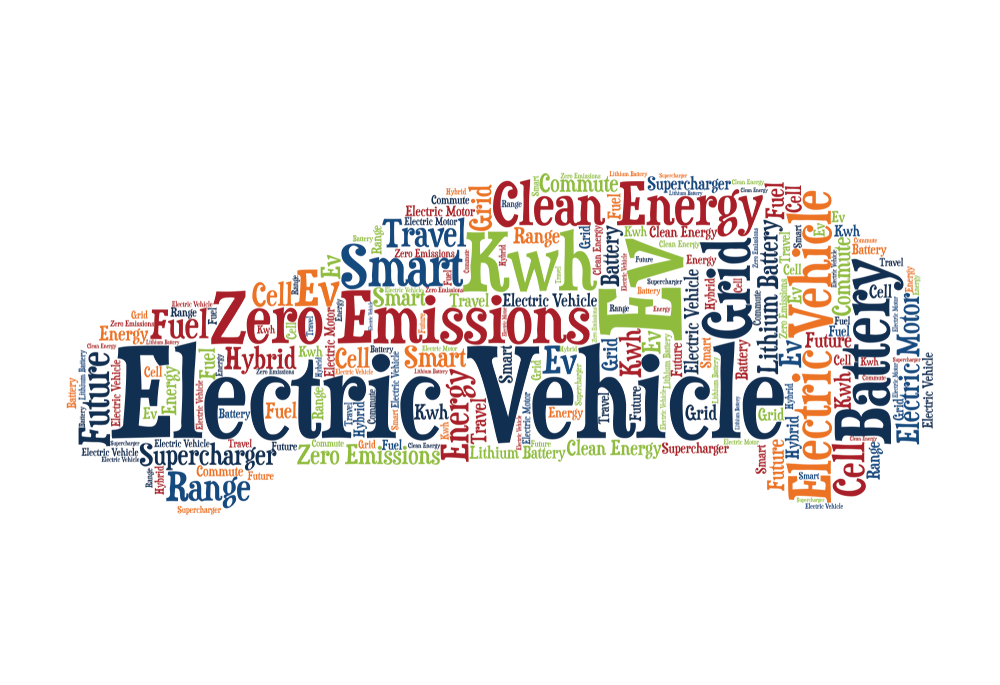Are Utilities Ready for the V2G Movement?

Electric
vehicles are poised to take over our roads. But what will that mean for supply
and demand on the energy grid. Dan
Byrnes, SVP of product development, Oracle Utilities explains
Though electric vehicles (EVs) have long been touted as the future of transportation, sales growth has remained moderately temperate – until now. In June alone, Tesla sold just under 40,000 Model 3s, and every major manufacturer from Porsche to Volkswagen have new models in the works. Moreover, the International Energy Agency predicts the install-base of EVs could reach as much as 125 million in 2030, compared to 3.1 million in 2017.
Like all technological innovations, EVs will come with both their challenges and opportunities. While this rise promises a positive impact on the environment, it presents somewhat of a challenge for the electricity grid. Created long before EVs were commercially viable, most existing grids are not designed to support the fluctuating energy demands electric vehicles will create.
This is where the opportunity comes in. A consortium in the UK including National Grid, Western Power Distribution, Moixa, Nissan’s European Technical Centre and others are actively researching what they deem “driver-centred business models to support a rapid roll-out of vehicle-to-grid (V2G) technologies, allowing millions of electric car batteries to become a vital part of the UK energy system.”
As the announcement adds, “If electric vehicles are left plugged into smart, two-way charging points when not in use, their batteries can feed power into the network at times of peak demand.”
But while this sounds like a great solution to the energy supply and demand issue, the first step for utilities involves gaining full visibility over the current footprint of EVs within concentrated areas, and the energy consumption habits of their owners.
Luckily, technology is already available to support both initiatives. By applying machine learning and advanced analytics to household energy consumption patterns, as well as data gathered using Advanced Metering Infrastructure, utilities can detect and disaggregate the presence of EVs within a household. This technology allows utility companies to ascertain the time and frequency of charging, helping them to more accurately predict energy consumption and forecast future demand as more EVs come online.
This is critical for several reasons. For one thing, the ability to understand and predict demand enables utilities to make more informed decisions on future grid investments. It also helps them give their customers more informed guidance about how EV charging is affecting their energy footprint and bill.
Using these insights, utilities can launch customer engagement programs to encourage charging outside of peak times. For example, they can build incentives encouraging EV owners to plug-in at off-peak times or create EV-specific rate plans which can save customers money, and support the health of the grid. In the future, similar programs could be applied to encourage EV owners to participate in the V2G movement – in essence, enabling utilities to buy back excess energy from customers’ EV batteries, creating an interactive energy grid that can balance supply and demand during peak times.
EVs are already changing the way the world travels, and with it, changing the way we consume energy. The challenge for energy utilities is to cope with the impact this shift will bring. Advanced analytics, machine learning and meaningful customer engagement will be key to helping retail energy providers manage the shift, and ensuring that the impact of EVs remains a positive one, for consumers and energy grids alike.



































